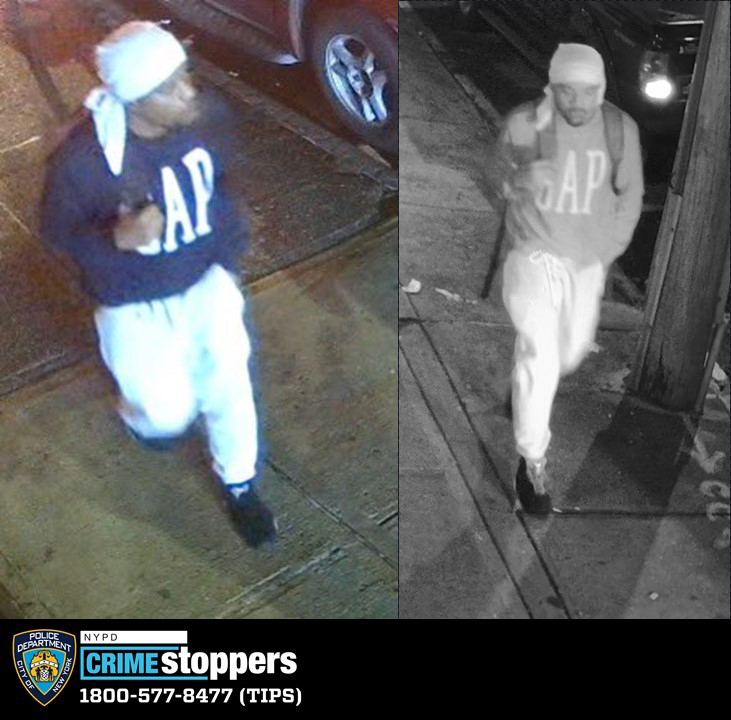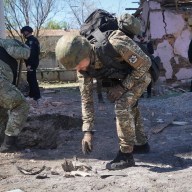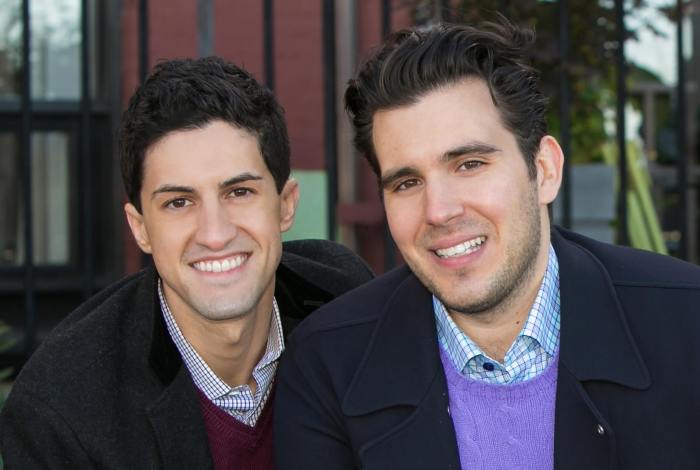Kevin Gillespie had a choice: go to MIT (on a scholarship, no less), or attend culinary school. He chose the latter, and it seems to have worked out rather well for him — the season 6 “Top Chef” alum (voted “Fan Favorite”) is the co-owner and executive chef at Atlanta’s Woodfire Grill Restaurant, and he’s just released his debut cookbook, “Fire in My Belly.” With its gorgeous photography, the book attracts all levels of home cooks: Instructions for beginners mingle with advanced recipes for dishes that marry traditional Southern fare with modern flair. We got him to spill on his creative process.
What surprised you about writing a book?
I was seriously surprised by just the sheer amount of time and commitment and hard work that it took to produce a book, and maybe that sounds strange, but in my mind I thought to myself, you know, we create different food for our menu every single day, how hard can it possibly be to make that into a book? And it turns out the answer is extremely hard, because it took a big step to make a chef learn how to say things in a way that everybody can understand.
In the book, you talk about following a recipe versus really cooking. What’s the difference?
Modeling a recipe is very similar to video games. Every game had some sort of secret thing that you could do, but you had to do it by following a very particular set of [moves], and that produced an end result. You never questioned why, you never tried to think outside of the box, you never tried to figure out how to play the game better necessarily — people just immediately went for the cheat codes. And it’s not that that is wrong per say, but it’s the difference in trying to learn something and trying to just produce something by direction alone. My fear with recipes has long been that people will not absorb from them any sort of learning points. Instead, they’ll just simply be told what to do, they’ll follow it, it’ll produce an end result and they’ll be happy. But the next time it comes to cook something similar to that, they’ll have to go back to that recipe again.
What if someone wants to change one of your recipes?
You know, I say to people every single time: Once you buy this book it is your book, it is not mine anymore. Cook it as you wish. I’m not going to be upset if you take inspiration from them and create something completely different.
How nice of you!
Let’s say you went to Monet and you were like, “tell me the secret of how you paint these water lilies.” … I think he would be glad to tell you because he would love to teach you the technique that he believes in, and that’s the way I see it.
You write about smoking and frying your food — can those be done in a small kitchen?
There will always be restrictions to what you can do based on what you have available to you, and unfortunately things like smoking and cooking over a live fire I don’t recommend for a 234-square foot apartment in a high rise. On the other hand, I would say that the majority of what is in the book can absolutely be done in a small kitchen because people take for granted that good kitchens mean big kitchens, and that’s not necessarily true. [If] you’re in this little apartment, that’s fine; instead focus on investing in a good piece of cookware. … No one should feel like they have to be limited just because of their circumstance. On the other hand, I don’t suggest you start a live fire in your apartment.
Gussied-Up Mac-N-Cheese
Enough for 8 hungry folks
Butter, about 1 tablespoon
Salt, 2 tablespoons
Dried cavatappi, 1 pound
Andouille sausage, 8 ounces diced, about 1 cup
Heavy cream, 4 cups
Velveeta, 1 pound, cut into 1-inch cubes
Smoked cheddar cheese, 2 cups grated, about 8 ounces
Parrano cheese, 1 cup grated, about 4 ounces
Utz potato chips, 4 ounces unsalted, crumbled
1. Preheat the oven to 375°F. Butter a 3-quart baking dish and set aside.
2. Bring a large pot of water to a rapid boil. Add the salt and stir to dissolve. Add the pasta and cook just until tender yet still quite chewy in the center (a little under the al dente stage). Drain the pasta in a colander and set aside.
3. While the pasta cooks, line a plate with a double layer of paper towels. Squeeze the sausage from the casing, then quarter it lengthwise and cut it crosswise into 1/4-inch pieces. Heat an 8-inch skillet over medium-high heat, add the sausage pieces and cook until browned around the edges, about 3 minutes. Using a slotted spoon, transfer the sausage to the paper towels to drain.
4. In a Dutch oven, heat the cream to a simmer over medium-high heat. Cut the heat down to low, add the Velveeta and stir until it melts. Add the sausage, cheddar and Parrano, stirring until the cheese is completely melted. Pull the pot from the heat and fold in the cooked pasta. Pour the pasta into the baking dish and top with the crumbled potato chips.
5. Bake until bubbly and browned around the edges, about 20 minutes. Pull the dish from the oven and let the sauce set up for at least 5 minutes before serving.
The Fine Print: If you can’t get Parrano cheese, replace it with 2 ounces aged Gouda and 2 ounces Parmigiano-Reggiano.
–From Fire in My Belly: Real Cooking by Kevin Gillespie with David Joachim/Andrews McMeel Publishing
















